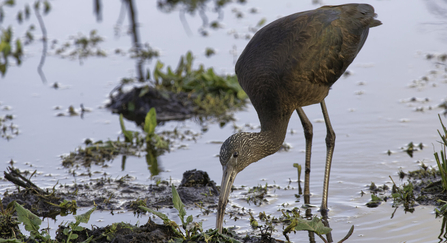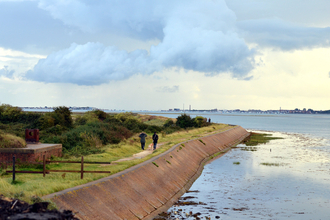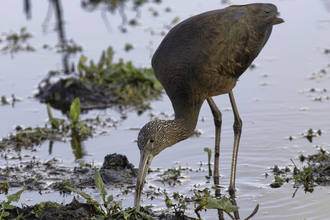Twenty-five years ago they were a rarity in the UK but in recent decades, sightings have grown steadily, including on the south coast - and particularly the Solent’s rich network of wetlands and estuaries – which are an attractive stopover.
These exotic winter visitors have just started to arrive again at Solent’s wetlands. Often gathering in small flocks, glossy ibis use gentle calls to keep in contact as they sweep across the wetlands together in search of food. With long, slender legs, an elegantly curved beak and feathers that glisten with iridescent greens and purples, this striking bird is easy to identify.





